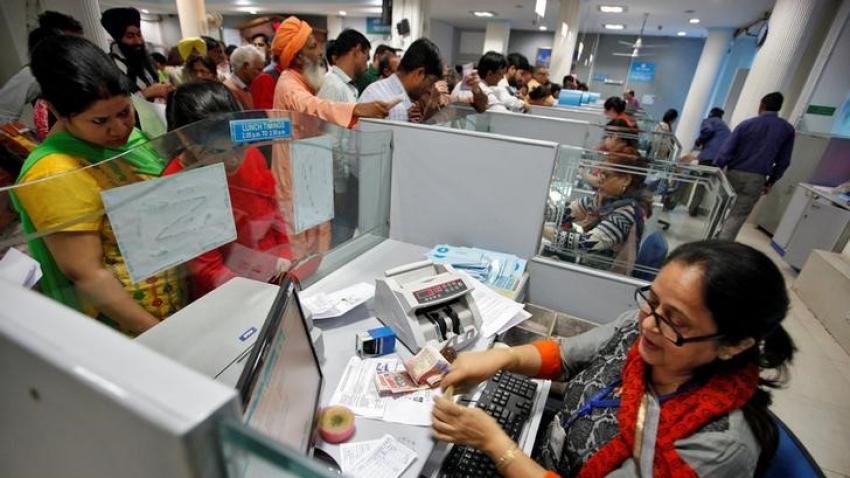The State bank of India (SBI) expects to recover 50 percent of loans from the initial 12 NPA cases identified by RBI for resolutions under Insolvency and Bankruptcy Code (IBC). The recoveries will be around 50% and most banks are holding provisions in excess of 50%. “It may differ from bank to bank, but at SBI, our estimate is that we will be able to write back part of the provisions if everything goes well”, said SBI chairman Rajnish Kumar.
Barring one, all the accounts are in various stages of resolution at different benches of the National Company Law Tribunal (NCLT). The percentage of recovery will be different for other banks, some of them are expected to get better percentage of NPAs back and some will be less fortunate. Under the IBC law, National Company Law Tribunal (NCLT) has approved Tata Steel’s bid to acquire the bankrupt Bhushan steel. This is the second biggest dissolution of stressed assets by NCLT under the newly adopted IBC Code. Anil Agrawal led Vedanta Resources was the first successful bidder under this new law when it took over the ownership of bankrupt Electrosteel Steels for an aggregate amount of Rs 1,805 crore (USD 275.7 million) and additional funds of Rs 3,515 crore (USD 536.9 million) by way of debt. Bhushan Steel and Electrosteel were both among the first twelve companies which were referred by RBI to National Company Law Tribunal for proceedings under Insolvency and Bankruptcy Code, the other being Essar Steel, Alok Industries, Amtek Auto etc.
The second list by RBI identified 28 cases which will go for resolution proceeding to National Company Law Tribunals. The state-owned bank will be able to write back some provisions as it has already set aside money to cover 76 percent of these NPAs. This will, in turn, add to its profit. Earlier the bankers used say that the ‘worst is over’ without any comprehensive analysis and identification of bad loans. Rajnish Kumar took a more cautious line and said “the bad loan recognition process is over. Kumar further said, ‘NPAs peaked in March 2018 and every year the banking system will add fresh NPAs, but they will be ‘within the tolerance level’. The current credit cost will also be within the tolerance level and will progressively reduce”.
The investment demand is expected to pick up and therefore the 10% credit growth for FY19. On the reasons behind the huge pile up of bad loans Kumar said, “for regulated sectors, I would say external factors are 70% responsible for the bad loans and internal factors (banks’ inability to appreciate risks) 30%. For other sectors, it would be 50:50.” As most of the analysts, economists, and institutions have done earlier, Kumar also hailed IBC as one of the most significant reforms that have been carried out by the government. The Economic Survey 2018 said the new Insolvency and Bankruptcy code (IBC) was helping improve the health of the banking sector.
The NPA cases are expected to be resolved very soon under the IBC law which will improve the health of the banking sector so taxpayer’s money can be saved and set aside for developmental purposes. The gross NPAs of all the banks in the country amounted to Rs. 8, 40, 958 crores in December, led by industry loans and followed by services and agriculture sectors. Earlier, exit from the business was one of the most tedious things to do, thanks to socialist business laws which were the hallmark of the previous governments. These laws helped in creating large non performing assets or NPAs, which became a huge problem the Indian government was facing and Reserve Bank of India in the previous decades. Now, because of the IBC law India has reached 100th rank in 2018 from 130th in 2017 in Ease of Doing Business Index.
